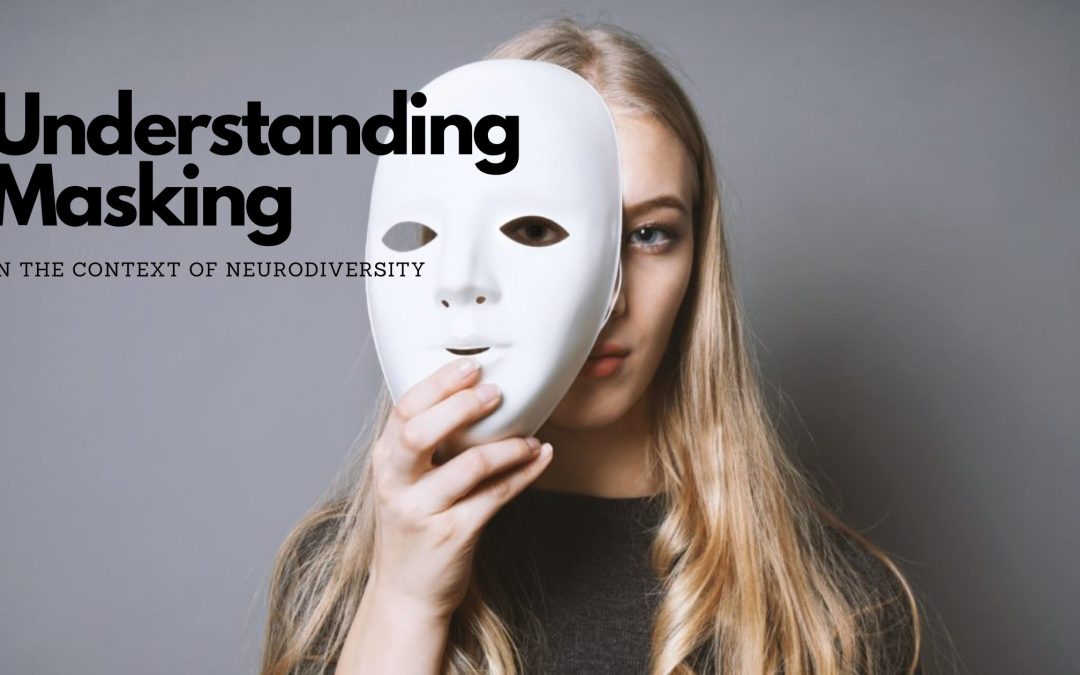Understand Masking
Masking is a phenomenon observed in both neurodiversity and neurotypical individuals, involving the conscious or unconscious suppression of one’s true self to align with societal norms and expectations. It’s a complex behavior with significant implications for mental health and overall well-being. In this article, we’ll delve into the concept of masking within the broader context of neurodiversity, emphasizing its impact on individuals and the “bottom-up” approach to understanding it.
Unpacking Masking Across Neurodiversity
Masking is not exclusive to any particular group; it’s a behavior exhibited by people across the neurodiversity spectrum. Neurodivergent individuals, such as those with autism, ADHD, or other conditions, may be masked to navigate social situations more comfortably, while neurotypical individuals may engage in masking to conform to societal expectations. Recognizing that masking is a shared experience allows us to explore it from a more inclusive perspective.
Understanding Masking at Its Core
The “bottom-up” approach to understanding masking highlights the importance of starting with individuals’ unique experiences, needs, and perspectives. Instead of trying to fit everyone into predefined societal norms, this approach encourages us to appreciate the diverse ways people think, process information, and interact with the world around them. It recognizes that the reasons behind masking can vary widely, regardless of neurodiversity status.

Why Do People Mask?
- Social Conformity: The desire for social acceptance is a driving force behind masking. Individuals, both neurodivergent and neurotypical, often adapt their behavior to align with societal norms to avoid social ostracism or discrimination.
- Managing Stress: Masking can help individuals cope with stress and anxiety in social situations. By appearing calm on the surface, even if they’re struggling internally, they can navigate these situations more comfortably.
- Enhancing Communication: Some people mask to improve their communication abilities, which may be limited by various factors. Masking can help them express themselves more effectively in social contexts.
- Professional and Academic Success: In professional and academic environments, masking can be seen as a strategy for success. It allows individuals to meet performance expectations, even though it can be emotionally taxing.
The Consequences of Masking
- Mental Health Impact: Constant self-monitoring and suppression can lead to heightened stress, anxiety, and even depression. The toll on mental health can be substantial.
- Identity Loss: Over time, continuous masking can result in a loss of personal identity and a disconnect from one’s authentic self.
- Exhaustion: Masking is exhausting. It consumes emotional and cognitive resources, leaving individuals fatigued and less able to handle other life challenges.
- Limited Social Support: Masking conceals an individual’s true experience, which can limit the availability of social support and understanding from others who may be unaware of the underlying challenges.

